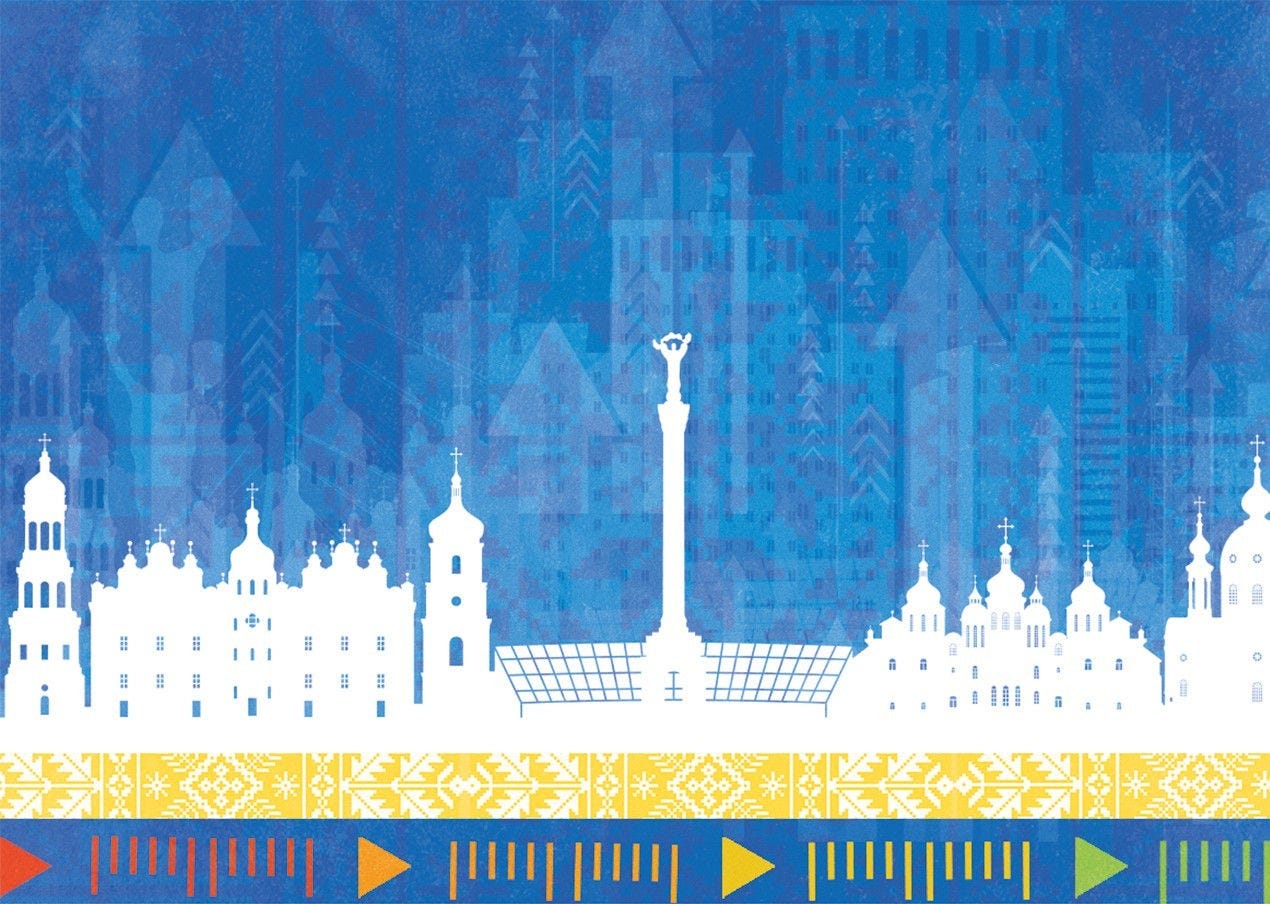From the onset of Russia’s war of aggression against Ukraine, most refugee arrivals have been women and children, creating unique challenges for integration. The share of women among adult refugees is around 70% in most host countries and many have arrived with children, with the share of minors around 30%. Most OECD countries are supporting the socio-economic integration of Ukrainian refugee women through their pre-existing mainstream integration systems. Refugee integration policies have been, however, often created with different gender and educational profiles in mind, which may weaken outcomes in the longer term. There are some promising targeted measures available in OECD countries to support the socio-economic integration of Ukrainian refugee women. These include counselling, networking opportunities, training, and work placements, but also general community-building activities aimed at women.
What are the integration challenges of Ukrainian refugee women?
Policy paper
OECD Policy Responses on the Impacts of the War in Ukraine

Share
Facebook
Twitter
LinkedIn
Abstract
In the same series
-
 11 June 2024
11 June 2024 -
 Policy paper10 November 2023
Policy paper10 November 2023 -
 8 August 2023
8 August 2023 -
 21 April 2023
21 April 2023 -
 19 April 2023
19 April 2023
Related publications
-
 11 June 2024
11 June 2024 -
 29 April 2024
29 April 2024 -
 14 March 2024
14 March 2024


